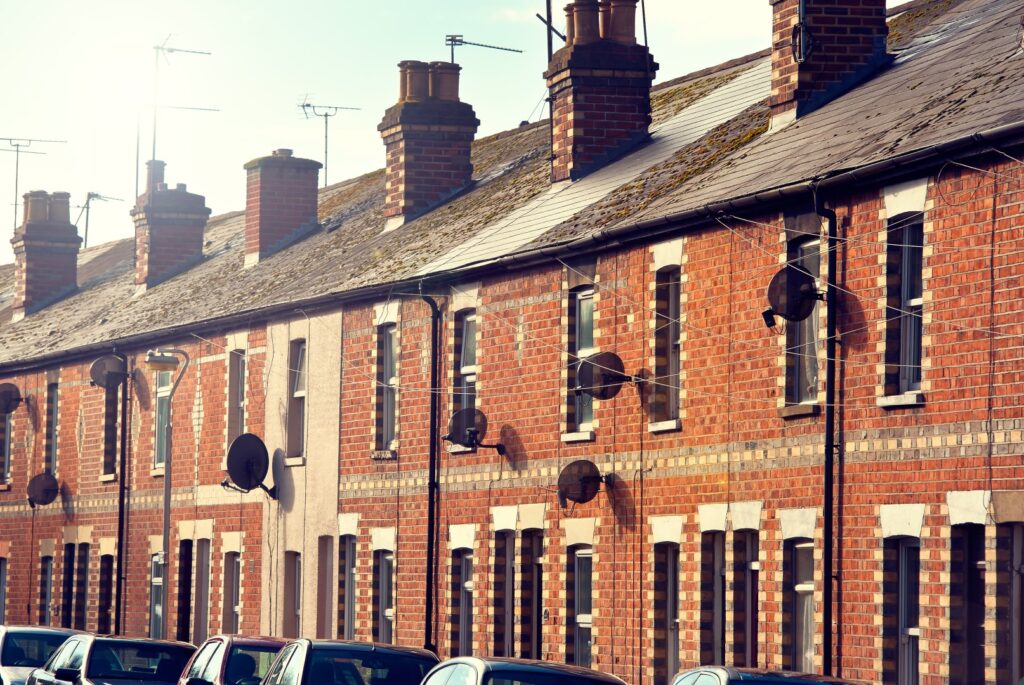
According to the government’s website, The English Housing Survey is a continuous national survey commissioned by the Ministry of Housing, Communities and Local Government (MHCLG). It collects information about people’s housing circumstances and the condition and energy efficiency of housing in England.
More importantly, it gives estate agents, home owners and renters alike a broad and accurate picture not just of what the housing market currently looks like but what other data we might extrapolate to identify trends and make predictions about the future of the market.
It would be reasonable to say that latest results haven’t revealed anything particularly earth-shattering but, rather, have re-confirmed many of the trends we’ve already been seeing and also gives us clues about what is set to continue and what may change.
The headline figure of interest for landlords and estate agents would be the fact that the private rental sector provides homes to a fifth of the population, including nearly two million families with children. This is certainly significant and is more than we’ve seen before.
Considering that so many people and especially families are now housed by the Private Rental Sector (PRS) it confirms the continuation of a move away from families and older professionals purchasing their own property and may well suggest that attitudes towards home ownership are shifting.
Social housing has for a long time been declining as local authorities build less and less social housing and the responsibility is increasingly moved towards housing associations and the PRS.
A snapshot to highlight these changes is that over the last decade alone, the overall number of families in privately rented accommodation rose by almost a million which accounts for 38% of all privately rented housing, compared to 35% in social housing.
Another telling result from the survey suggests that renters are getting older as the cost of buying increases. According to the survey, the proportion of people aged 35-44 has increased markedly with the age bracket now representing over a quarter of all renters.
The policy director of the Residential Landlords Association, David Smith, speaking to Letting Agent Today, said “The findings reiterate the importance of the private rented sector for families across the country. Larger than the social sector, and housing more families with children, the private rented sector provides much needed housing for nearly five million people.”
“The government needs to recognise its vital role in the housing market and implement pro-growth tax and planning policies to support the majority of landlords who are individuals to meet ever growing demand for rented housing.”
An analysis of the report by The Telegraph also concluded the number of households that live in private rented homes has risen 74% in the last 10 years, and they are spending on average 41% of their income on rent, compared to mortgaged households, which pay on average 19% of their income on housing costs.
Ultimately, the report highlights the increasing proportion of the population that are now in, and will continue to enter, the PRS including not just young professionals but also older professionals and families.
There is no real reason to suspect that this trend will reverse and with that in mind, the words of David Smith ring true when he demands more progressive tax legislation and support for private landlords along with robust rules and regulation through schemes like the Association of Residential Letting Agents (ARLA) which ensures ethical practice by its members.
As demand continues to grow with no signs of a slowdown, it’s imperative that the government recognises this and makes things easier for ethical landlords and agents.




